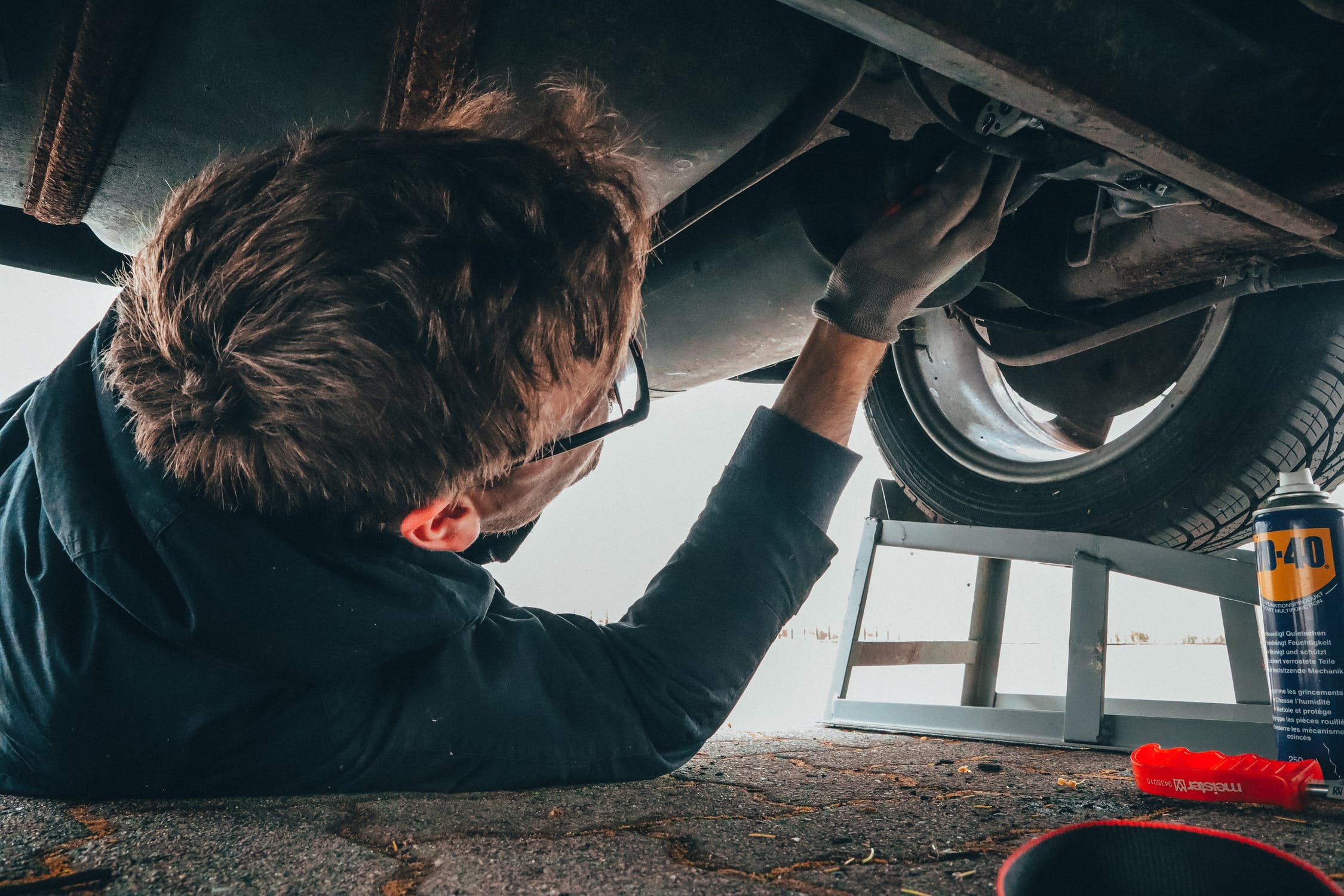Car maintenance can often seem like more hassle than it’s worth. You’ve already spent enough on your vehicle in the first place, without needing to cough up endless garage costs. Besides, how important are all those little jobs anyway? From what you can tell, your car seems to run well enough without them.
The truth is, though, that keeping on top of regular maintenance is the best and only way to prolong the lifespan of your car. You might not be able to see the difference, but the inner workings of your car will. Pay enough attention, and you should be able to keep that vehicle in top shape for many years.
Of course, this doesn’t mean you need to do thorough checks on your engine every day. You needn’t even book your car into the garage all that often. But, it is essential that you take action as and when it’s necessary. Of course, it can be tricky to know when exactly that is. That’s why many manufacturers recommend a 30-60-90 rule. But what is that, and how can it help your car?
Before 30,000 miles
The 30 of this equation relates to the maintenance and repairs you should pay attention to before you hit the 30,000-mile mark. Your brakes are probably the most critical area of care here. Mechanics like those found at La Mesa Automotive N’ Alignment generally recommend getting brakes at least checked every 15,000 miles to ensure peak performance. Oil and oil filters also typically need changing anywhere between 5,000-10,000 miles. Make sure, too, to change your air filter by at least the 15,000-mile mark.
Before 60,000 miles
You’re getting to much more pressing matters by 60,000 miles. Your brakes are a focus area here, too, with everything from brake fluid to brake rotors needing attention before 60,000 miles. That said, you may be able to push that if you paid heed to your 30,000-mile repairs. Other than that, 60,000-mile focus should be on matters such as batteries. The majority of batteries have an output of no more than 60,000, so the chances are that you’ll need a new one by now.
Before 90,000 miles
By the time your vehicle hits the 90,000-mile mark, the chances are that age is beginning to take its toll. That’s why things like your hoses and spark plugs should get some attention by now. There’s no guarantee that they’ll need repairs by any set mile mark, but it’s worth getting a mechanic to check everything is still in working order. You may also want to change your power steering fluid by the 75,000-mile mark, especially if you’re noticing loud noises when you steer.
As you can see, the 30-60-90 rule actually makes it pretty easy to get on top with car maintenance that will last. When you break repairs down to size like this, you never face extensive work at any one time. Yet, you can still keep your car looking as young as the day you got it.


